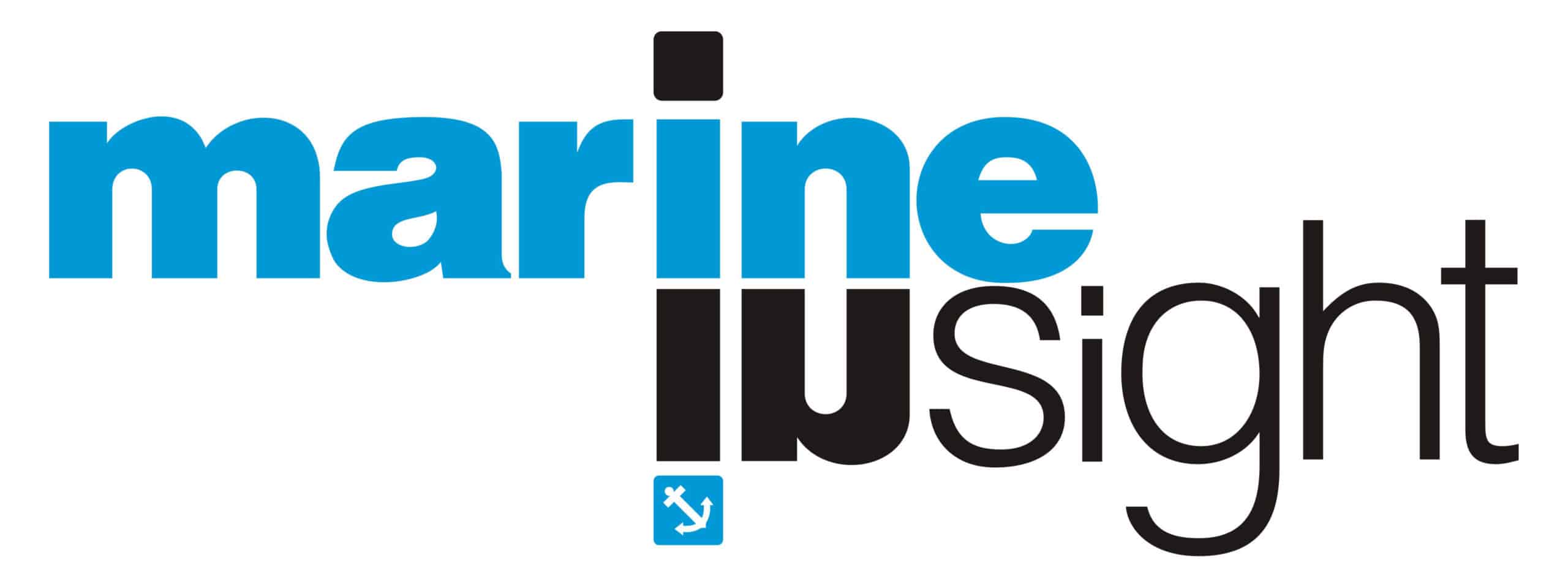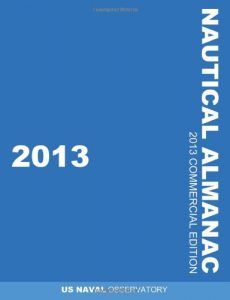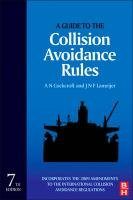
The Guide to Collision avoidance rules is a reference for safe operation of vessels by following international regulations for preventing collisions at sea. This book give a clear understanding of COLREGs along with detailed examples and most recent amendments to help seafarers with safe operation of ships.
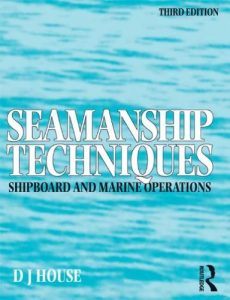
Seamanship Technique is a famous book for cadets and deck officers, providing seamanship knowledge along with collision avoidance regulations, GMDSS requirements, rescue operation and pollution control etc. This book is used by training institutes around the world as a reference guide for shipboard training.
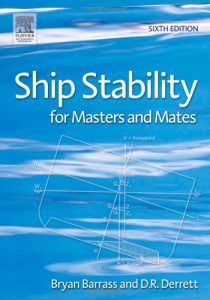
Ship stability is an important factor that is taken into consideration by deck officers while operating ships. Understanding ship safety is important for all deck officers who are studying or serving on ships. The book provides an introduction to all important aspects of ship stability and ship strength, squat, material stresses and forces, interaction and trim etc.
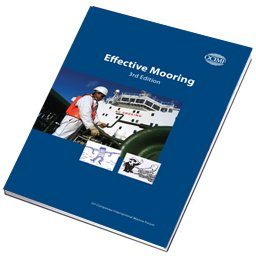
Effective Mooring is a popular text book which provides practical guidance on the basic principles of mooring. The book deals with safety procedures to be followed during mooring operation to avoid dangers and hazards. Some of the key topics covered are basic mooring theory, mooring winches, mooring at buoys and anchoring, wires and ropes etc.
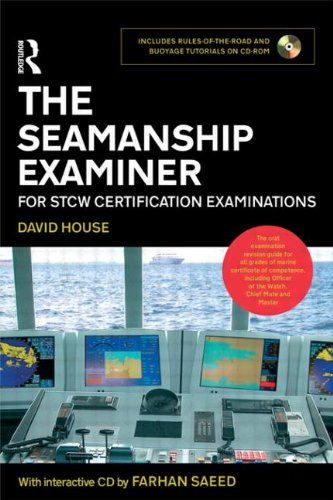
The Seamanship Examiner is an excellent guide on seamanship based on the international standards of training, certification, and watch keeping. It is a must have book for all deck officers who are appearing for deck certificate of competency.
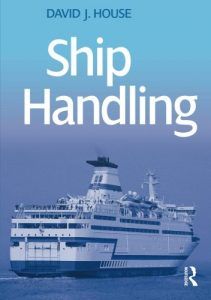
Ship handling – Theory and Practice is yet another powerful book by D.J. House which can be used for both as a training manual and as a day to day reference. This comprehensive guide on ship handling procedures covers requirements of all STCW level marine qualifications and provides expert guidance to maritime professionals.
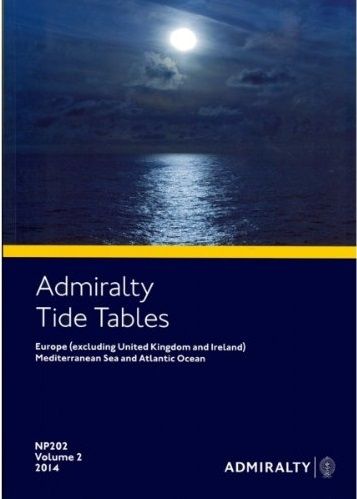
Admiralty Tide Tables detail the times and heights of high and low waters for over 230 standard and 6000 secondary ports in the UK and Ireland, Europe, the Indian Ocean, South China Sea and Pacific Ocean for each day of the year. The tables outline methods of prediction, the effect of meteorological conditions on tides and provide additional information on exceptional tidal factors in each area.
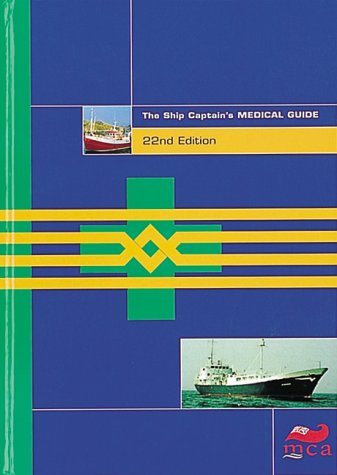
The Ship Captain’s Medical Guide is intended primarily for use on ships where no doctors are present and the ship officers have to assess and treat injuries and to diagnose and treat ill health. This is an important nautical guide to be made available on ships.
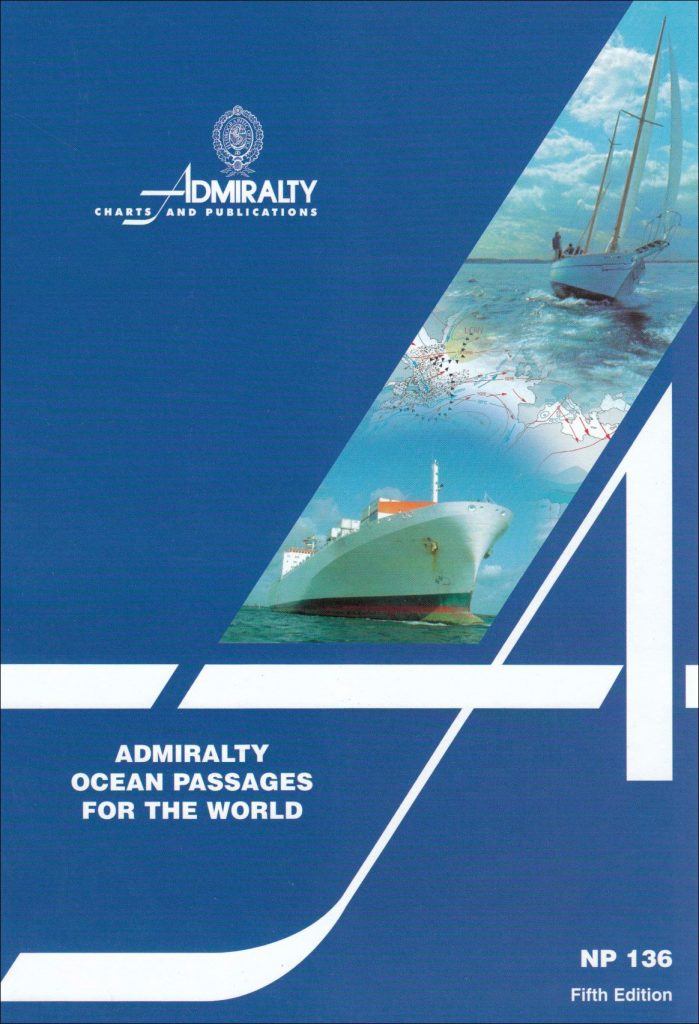
The Ocean Passages of the World is an important nautical book for planning offshore passages of merchant vessels, towing rigs and structures and sailing craft. The guide includes information on currents, winds, and weather at sea, along with climatic and routing charts.
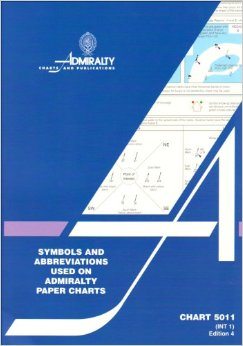
Symbols and Abbreviations used on navigation charts provide descriptions and depictions of the basic elements and symbols used on nautical charts provided by Admiralty. A must read for all deck officers.
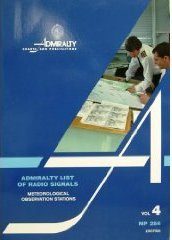
The Admiralty List of Radio Signals series provides comprehensive information on all aspects of Maritime Radio Communications.
The Nautical Almanac provides information on celestial navigation, listing the celestial bodies used for navigation, a sight reduction table, and other information valuable to the offshore navigator.

The Mariner’s Handbook is a compendium of essential maritime information on charts; operations and regulations; tides, currents and characteristics of the sea; basic meteorology; navigation in ice, hazards and restrictions to navigation; and the IALA Buoyage system.

The annual summary of admiralty notices to mariners, also popularly known by its publication number NP 247 (1) and (2), is a publication issued by admiralty (UKHO) on yearly basis. The notices advice mariners on important matters related to ship’s navigation, hydro graphic information, aids to navigation, and changes in shipping channels. All deck officers working on ships must know about these nautical guides.
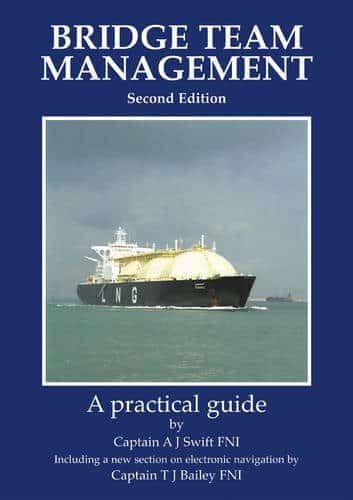
The Bridge Team Management is a nautical book which provides information on passage planning, coastal and estuarial navigation and bridge organisation using paper and electronic charts. It also offers detailed information on how to prepare a navigational plan and navigator’s notebook and ways to monitor progress in safe water are covered. It includes: team management, error chains, casualties and causes, passage appraisal, situational awareness, executing the plan, monitoring the ship’s progress, navigating with a pilot on board, GPS.
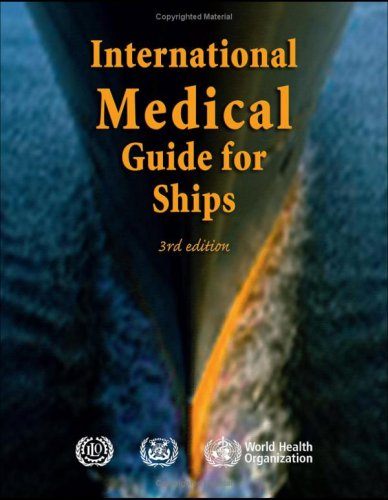
The International Medical Guide for Ships shows designated first-aid providers how to diagnose treat and prevent the health problems of seafarers on board ship.The International Labour Organization’s Maritime Labour Convention 2006 stipulates that all ships shall carry medicine chest medical equipment and a medical guide. The International Medical Guide for Ships supports a main principal of that convention: to ensure that seafarers are given health protection and medical care as comparable as possible to that which is generally available to workers ashore.
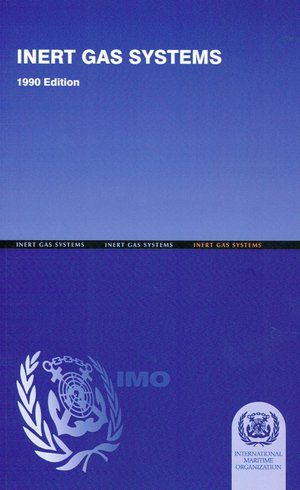
The Inert Gas Systems provides guidelines on current general practice used in the design and operation of inert gas systems and incorporates amendments adopted by the Maritime Safety Committee at its forty-second, forty-eighth and fiftieth sessions.
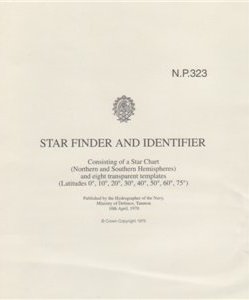
The nautical guide consists of a Star Chart (Northern and Southern Hemispheres) and eight transparent templates. (Latitudes 0, 10, 20, 30, 40, 50, 60, 75 degrees). The Star Chart shows the 57 stars tabulated in the Nautical Almanac.
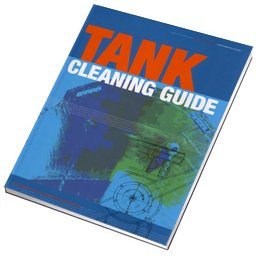
Dr. Verwey’s Tank Cleaning Guide contains advice on the correct tank washing procedures from one product to the other. The nautical guide lists around 400 liquid Chemical Substances.
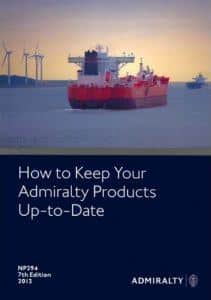
How to Keep Your Admiralty Products Up-to-Date (NP294) A comprehensive nautical book for deck officers for updating all Admiralty products.
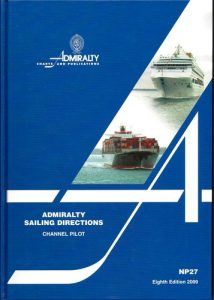
Published in 74 volumes covering all the navigable waters of the world and complementary to Admiralty charts and other nautical publications. The nautical books provides comprehensive information on navigational hazards, buoyage systems, pilotage, regulations, general notes on the countries, port facilities, seasonal currents, ice and climatic conditions.
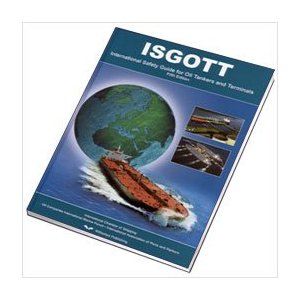
The International Safety Guide for Oil Tankers and Terminals is a definitive guide to the safe carriage and handling of crude oil and petroleum products on tankers and at terminals. The guide takes account of recent changes in recommended operating procedures, particularly those prompted by the introduction of the International Safety Management (ISM) Code, which became mandatory for tankers on 1st July 1998. The Guide provides operational advice to directly assist personnel involved in tanker and terminal operations, including guidance on, and examples of, certain aspects of tanker and terminal operations and how they may be managed.
Ship’s Routeing Guide
Ship’s Routeing Guide includes traffic separation scheme, areas to be avoided, deep water routes and other important information for navigation of vessels. The publication deals with all routeing measures for controlling and monitoring navigation of vessels. A must have nautical book for all deck officers.
Bridge Procedures Guide
Bridge Procedures Guide by the International chamber of Shipping brings together the good practice of seafarers with the aim of improving navigational safety and protecting the marine environment. This nautical book takes account of regulatory changes since the late 1990s, including the IMO Convention on Standards of Training, Certification and Watchkeeping, the ISM Code and Radio Regulations, as well as the introduction of new equipment such as ships’ Automatic Identification Systems (AIS).
Do you have info to share with us ? Suggest a correction
